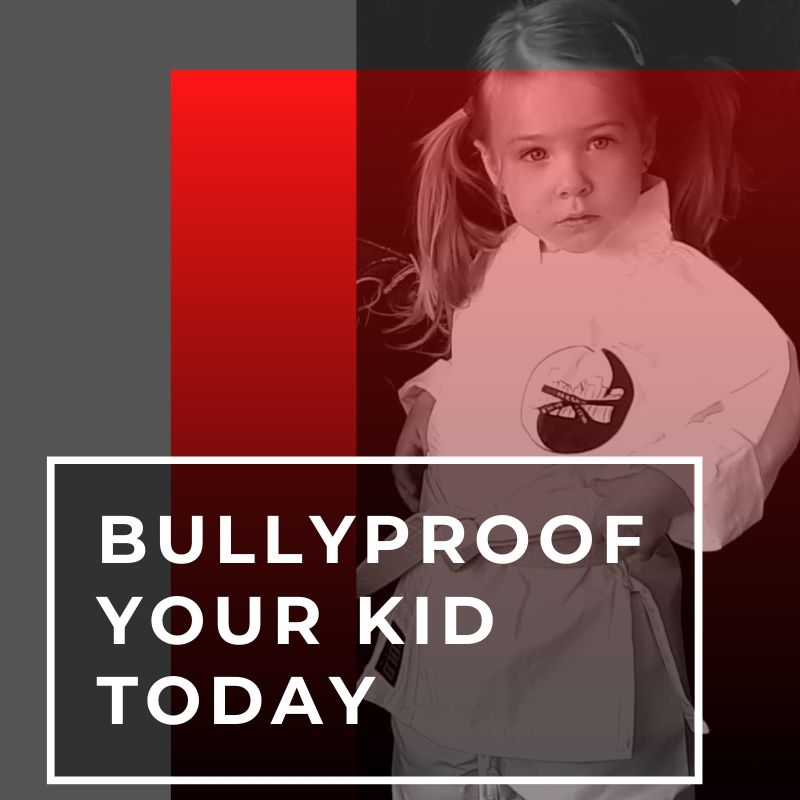

Bullying:
continues to be a common form of aggression and victimization experienced by school-aged children. It is broadly defined as a class of intentional and repeated acts that typically occurs in situations where there is a power or status difference. Bullying can be:
- physical (hitting, theft),
- verbal (harassment, threats, name calling),
- and/or relational (spreading rumors, influencing social relationships).
Bullying can happen anywhere: face to face by text messages or on the internet. Bullying has become such a widespread and serious problem that the Texas Legislature has codified statues which help schools deal with bullies.
The majority of provisions which deal with bullying can be found in the Texas Education Code. Since identifying bullying is half the battle, the Legislator defines bullying in Section 37.0832 as:
Engaging in written or verbal expression, expression through electronic means, or physical conduct that occurs on school property, at a school sponsored or school related activity, or in a vehicle operated by the district and that:
(1) has the effect or will have the effect of physically harming a student, damaging a student’s property, or placing a student in reasonable fear of harm to the student’s person or of damage to the student’s property; or
(2) is sufficiently severe, persistent, and pervasive enough that the action or threat creates an intimidating, threatening, or abusive educational environment for a student.
As previously stated bullying can take many different forms:
- Physical – hitting, kicking, beating up, pushing, spitting, property damage, and/or theft.
- Verbal – teasing, mocking, name calling, verbal humiliation, verbal intimidation, threats, coercion, extortion, and/or racist, sexist or homophobic taunts.
- Social – gossip, rumor spreading, embarrassment, alienation or exclusion from the group, and/or setting the other up to take the blame.
- Cyber or electronic – using the Internet, email or text messaging to threaten, hurt, single out, embarrass, spread rumors, and/or reveal secrets about others.
At this time, the Education Code requires each school district to adopt a policy and/or procedures that prohibit bullying and procedures for dealing with such incidents. These procedures must be included annually in the student and employee school district handbooks and in the districts improvement plan. Even though the Education Code deals with many issues that the schools face, it only provides the framework by which the school has to implement into its own procedures and guidelines within the student code of conduct. Here are a list of requirements that the Education Code places on educators:
(1) the board of trustees of an independent school district shall adopt a code of student conduct (37.001).
(2) the board of trustees shall adopt for the health curriculum essential knowledge and skills that include effective awareness, prevention, identification, self defense in response to, and resolution of and intervention in bullying and harassment (28.002).
The following requirements are found at section 37.0832 of the Education Code:
The board of trustees of each school district shall adopt a policy, including any necessary procedures, concerning bullying that:
(3) prohibits the bullying of a student;
(4) prohibits retaliation against any person, including a victim, a witness, or another person, who in good faith provides information concerning an incident of bullying;
(5) establishes a procedure for providing notice of an incident of bullying to a parent or guardian of the victim and a parent or guardian of the bully within a reasonable amount of time after the incident;
(6) establishes the actions a student should take to obtain assistance and intervention in response to bullying;
(7) sets out the available counseling options for a student who is a victim of or a witness to bullying or who engages in bullying;
(8) establishes procedures for reporting an incident of bullying, investigating a reported incident of bullying, and determining whether the reported incident of bullying occurred;
(9) prohibits the imposition of a disciplinary measure on a student who, after an investigation, is found to be a victim of bullying, on the basis of that student’s use of reasonable self-defense in response to the bullying; and
(10) requires that discipline for bullying of a student with disabilities comply with applicable requirements under federal law, including the Individuals with Disabilities Education Act (20 U.S.C. Section 1400 et seq.).
The Education Code is a good start, but each district must do its part to effectively implement procedures to prevent bullying.
The Penal Code doesn’t directly use the words “bullying” it nonetheless address many issues that are known to encompass bullying. Unlike the Education Code the Penal Code imposes directly criminal penalties for some actions that students may engage in.
Since bullying includes, an act of repeated aggressive behavior in order to intentionally hurt another person, physically or mentally. The Penal Code section on stalking may sometimes apply. Penal Code section 42.072 defines Stalking as:
A person commits an offense if the person, on more than one occasion and pursuant to the same scheme or course of conduct that is directed specifically at another person, knowingly engages in conduct that:
(1) the actor knows or reasonably believes the other person will regard as threatening:
(A) bodily injury or death for the other person;
(B) bodily injury or death for a member of the other person’s family or household or for an individual with whom the other person has a dating relationship; or
(C) that an offense will be committed against the other person’s property;
(2) causes the other person a member of the other person’s family or household, or an individual with whom the other person has a dating relationship to be placed in fear of bodily injury or death or fear that an offense will be committed against the other person’s property; and
(3) would cause a reasonable person to fear:
(A) bodily injury or death for himself or herself;
(B) bodily injury or death for a member of the person’s family or household or for an individual with whom the person has a dating relationship; or
(C) that an offense will be committed against the person’s property.
Students may also be guilty of harassment if they use physical means (e.g. telephones and email) to contact their victims repeatedly. Section 42.07 of the Penal Code defines harassment as:
(a) A person commits an offense if, with intent to harass, annoy, alarm, abuse, torment, or embarrass another, he:
(1) initiates communication by telephone, in writing, or by electronic communication and in the course of the communication makes a comment, request, suggestion, or proposal that is obscene;
(2) threatens, by telephone, in writing, or by electronic communication, in a manner reasonably likely to alarm the person receiving the threat, to inflict bodily injury on the person or to commit a felony against the person, a member of his family or household, or his property;
(3) conveys, in a manner reasonably likely to alarm the person receiving the report, a false report, which is known by the conveyor to be false, that another person has suffered death or serious bodily injury;
(4) causes the telephone of another to ring repeatedly or makes repeated telephone communications anonymously or in a manner reasonably likely to harass, annoy, alarm, abuse, torment, embarrass, or offend another;
(5) makes a telephone call and intentionally fails to hang up or disengage the connection;
(6) knowingly permits a telephone under the person’s control to be used by another to commit an offense under this section; or
(7) sends repeated electronic communications in a manner reasonably likely to harass, annoy, alarm, abuse, torment, embarrass, or offend another.
Using the Penal Code and the Education Code in conjunction with each other provides educators the necessary tools to first identify bullying then effectively deal with the bully in the appropriate way.
We hope this has been informative and helpful for all of our families dealing with a child that has been a victim of a bully.
Please allow Mr. Garcia and I to assist your child overcome the mindset that allows them to be a victim of a bully. As you might guess by now, it is my passion to end all bully victims pain.
AJ Cunningham – 10th Black
Owner Manager
Houston Karate Academy